Still Life Photography Tips
Still Life Photography is a nice, relaxing form of photography. You can take your time, experiment, and don't have to worry about your subject getting bored, running away, or the light rapidly changing.
It has many uses, as well as creating nice photos for the sake of it. Still life photos can be sold via stock websites, and used to illustrate articles in magazines and on websites. Product photography is essentially a form of still life photography, so learning how to photograph still lifes can be useful if you want to take photos to illustrate ebay listings as well.
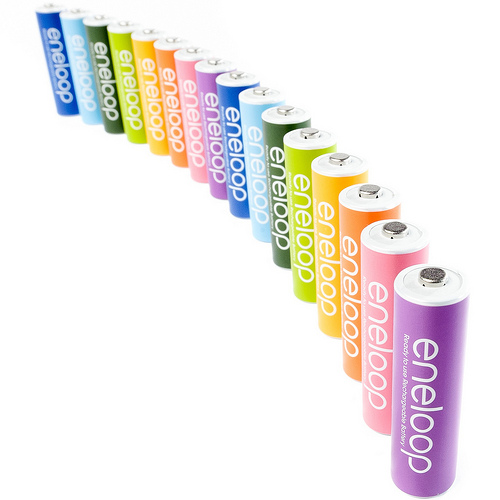
eneloop [FRONTPAGE + EXPLORED #1] by Matthias Rhomberg on flickr (licensed CC-BY)
If you don't have an assignment to shoot specific objects, you may be wondering what you can use as the subject for your still life. A bowl of fruit is the classic still life subject, but in truth there are almost endless subjects you can use. Even something simple like a cup with a biscuit can make for a great photo.
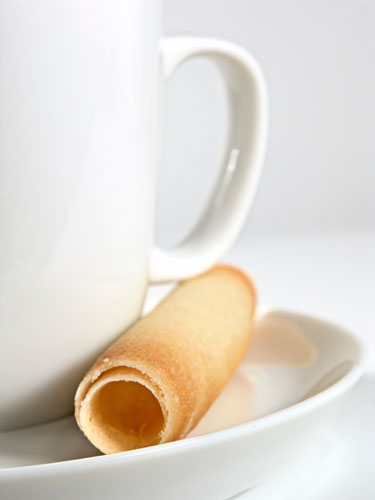
Espresso coffee cup & saucer with Belgian biscuit curl ©iStockphoto.com/CaroleGomez
Lighting your Still Life
For lighting your still life subject, you want a nice soft light, so that it does not cast harsh shadows. Soft light comes from using a large light source, for example:
- Softbox
- Light bounced from a ceiling, wall, or large piece of card
- Overcast or hazy sky
Most professional photographers use one or more softboxes, as this gives you more control over the light. Especially, if you are using more than one softbox. However, shooting on an overcast day will give that nice soft light effect as well. You can also use pieces of white card to reflect light into the shadow areas, if needs be.
Accessorize
While you should generally keep your photos simple, in still life photography it can often improve an image to include something related to the main subject. For example, the photo above of the coffee cup and biscuit. The photo would have been much more boring if it was just the cup by itself or just the biscuit by itself.
Don't go overboard with the accessories though, or they will start distracting from your subject rather than adding to it.
Still Life Composition
With still life photography, you have the luxury of not only composing your subject in the viewfinder, but you can also change the composition of the subject itself. Move your subject round to get the best angle and lighting.
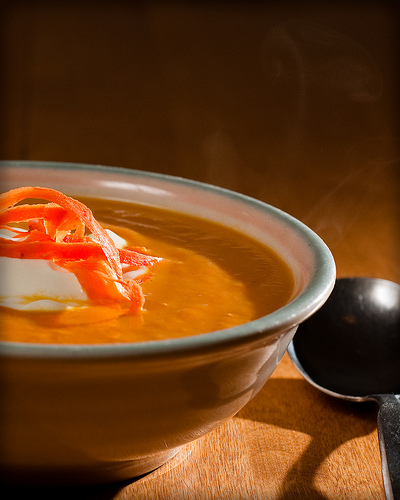
Soup's On by RLHyde on flickr (licensed CC-BY-SA)
Pay attention to the shadows cast by the subject. If you are using multiple objects as part of your still life, try to avoid clashing colors (not to be confused with contrasting colors). For example, using peach, beige, and cream colored objects could give the photo a nasty jaundiced look.
The standard compositional techniques, often used in landscape photography, apply to still life photography as well. Use the rule of thirds, leading lines, and negative space to create a composition that is pleasing to the eye.
Don't forget the background
The type of background you use for your shot will depend on your subject. A shot of a stethoscope with your kitchen in the background would not be sensible. But a shot of cooking equipment with your kitchen in the background would make more sense.
For a neutral background, you can just place a piece of card behind your subject. Material can also work well, though beware of creases that may show up in the background.
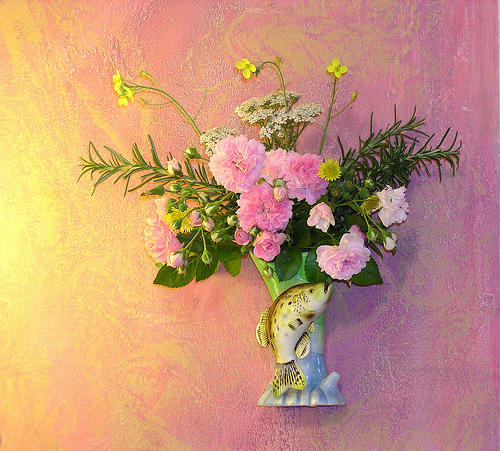
floral still life by frankensteam on flickr (licensed CC-BY)
Choose your angle
Don't just shoot your subject from standing height. This may be the best angle to shoot your subject from, but more often than not, getting down on your subject's level works better.
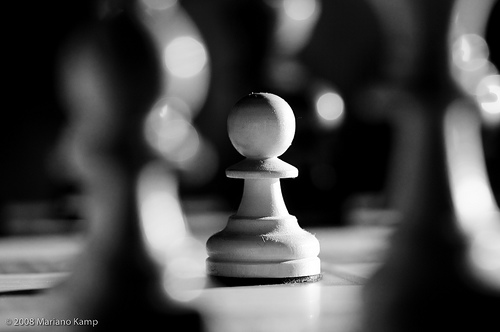
No Going Back by Mariano Kamp on flickr (licensed CC-BY)
With the large majority of still life subjects, the subject will not change or move during your photography session. So you can afford to take photos at various different angles, and see which works best.
Most subjects work best with the camera straight, but some may work better with the camera tilted at an angle. Again, try both and see which you like the most.
Still Life photography is best done when you have a fair bit of time you can devote to it. Setting up the subject and any lighting or background takes a bit of time itself. You'll likely need to spend a while experimenting with the lighting, subject position, and camera angle to get the best possible shot.
With no time pressure, still life photography is quite relaxing. You'll find your time spent is rewarded with great photos.




